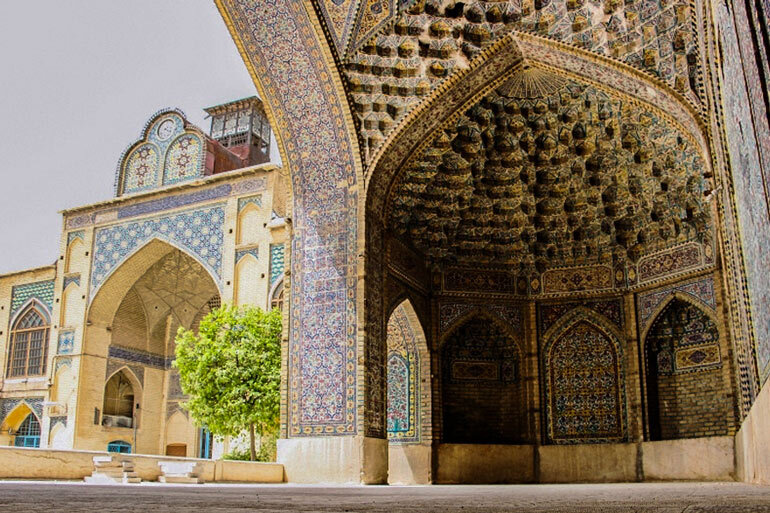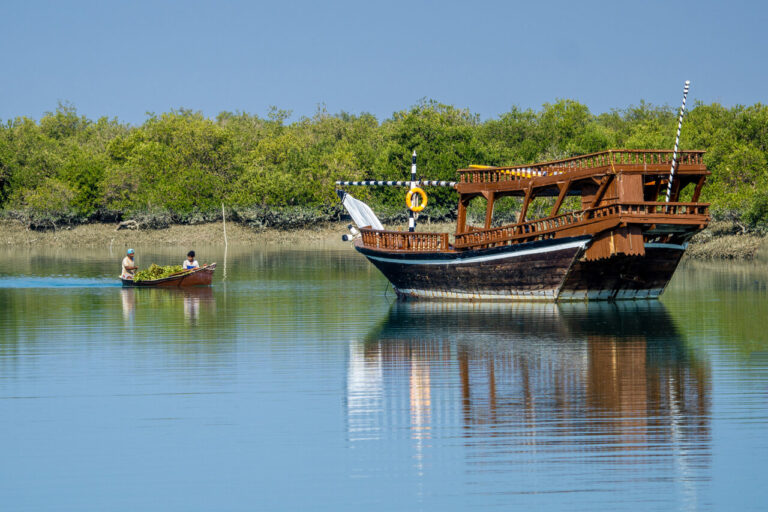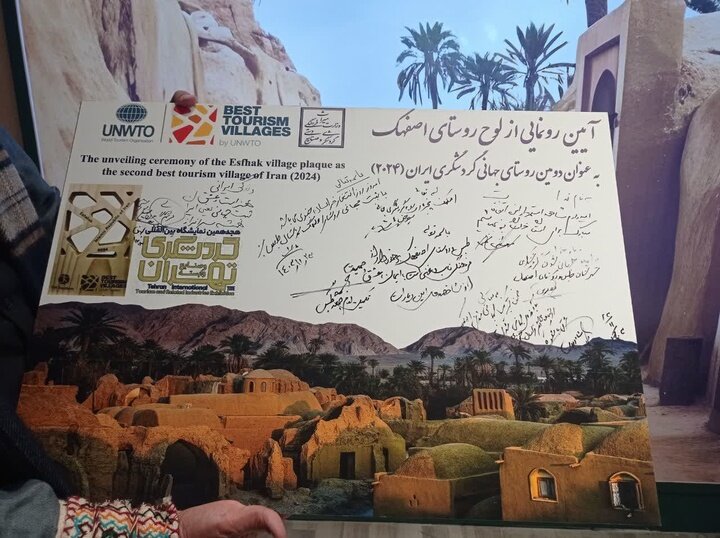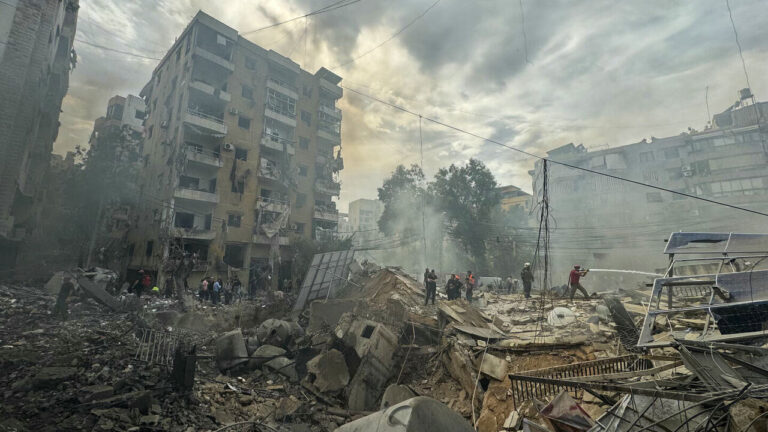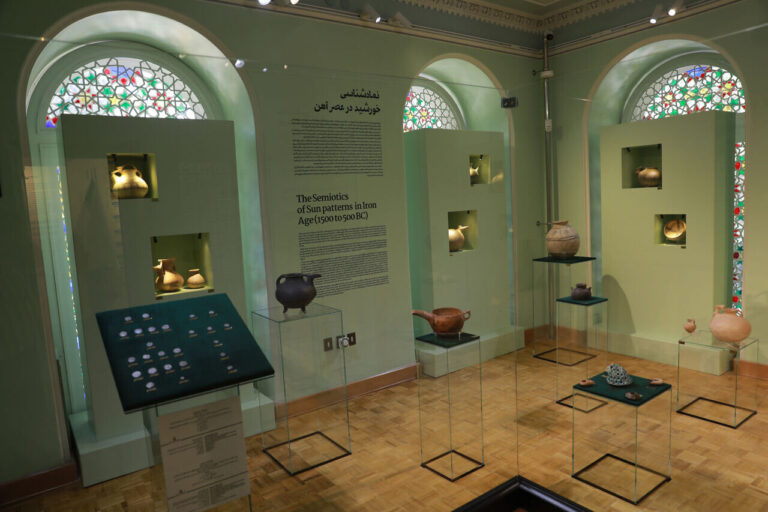Historic Qajar-Era Moshir Mosque in Shiraz Set for Stunning Restoration
In a significant move to preserve Iran’s architectural heritage, a restoration project for Moshir Mosque, a cherished Qajar-era landmark in Shiraz, is set to begin soon. This initiative aims to maintain the mosque’s historical integrity while enhancing its aesthetic appeal.
Mohammad Sabet-Eqlidi, the tourism chief of Fars province, announced on Sunday that the restoration will focus on both the eastern and western sections of the mosque. With an estimated budget of 30 billion rials, the project will address crucial structural and aesthetic issues, ensuring the mosque remains a symbol of cultural significance.
The restoration efforts will include:
- Reinforcement of the brick arch walls
- Replacement of the vaulted ceilings
- Application of moisture-resistant insulation on the eastern side
- Repairing the wind tower
- Restoration of wooden windows and doors
In addition to Moshir Mosque, other historic mosques in Shiraz are also scheduled for restoration. The Vakil Mosque will receive repairs funded by another 30 billion rials, while the Nasir al-Molk and Atiq mosques are each allocated 40 billion rials for their restoration projects.
The Moshir Mosque, also known as Moshir-al Molk Mosque, was constructed in the 19th century during the Qajar period by Haj Mirza Abolhasan Khan Moshir al-Molk. The mosque is celebrated for its stunning architectural beauty, featuring a small prayer hall on the northern side adorned with colorful tiles. Furthermore, the northern two corners of its roof are embellished with exquisite tilework.
Significant architectural features of the mosque include:
- A large prayer niche, or mihrab, showcasing Quranic verses in elegant Thuluth script
- Two tall minarets intricately covered with tiles
- A grand arch on the eastern side, decorated with ornamental tilework and Quranic inscriptions
- A central pool, measuring 25 meters in length and 10 meters in width, which was once filled with charitable water
Notably, the Moshir Mosque stands out among Qajar-era buildings due to its remarkable sturdiness. The northern part of the iwan (portico) is crowned by intricately tiled minarets, while the interior showcases exquisite Qajar-era earthenware tiles and fine muqarnas at the base of the vault. The western iwan is equally striking, featuring Shiraz’s first clock tower and a badgir (wind tower) that enhances air circulation within the main prayer hall.
The mihrab, though covered with carved tiles and stone slabs, maintains a relatively simple design. Its most notable feature is a beautifully executed arabesque inscription of Quranic verses.
Iran’s Initiative for UNESCO Recognition
In a parallel effort to honor its architectural heritage, Iran is working towards the collective registration of its historical mosques on the UNESCO World Heritage list. So far, a primary selection of 34 mosques from 12 different provinces has been identified for extensive research and field surveys to prepare a comprehensive dossier for submission.
According to Abdolrasul Vatandoust, the project manager overseeing the UNESCO nomination of “Iranian Mosques,” these selected structures illustrate the architectural evolution of mosque design in Iran, spanning from the early Islamic period to contemporary times.
Vatandoust highlighted that the list of 34 mosques may change in the next one to two years, as further research could lead to the addition or removal of certain mosques. He stated, “The key objective is to ensure that these mosques are thoroughly documented and studied in time for submission.”
Architecturally, Iranian mosques exhibit a diverse range of styles influenced by regional variations in geometry, materials, and decorative patterns. Many of these mosques feature:
- Complex structures
- Colorful tiles and symbolic patterns
- Stunning domes and minarets
These elements have become iconic, with several mosques recognized as timeless masterpieces of Islamic architecture. Among the most beautiful and must-visit mosques in Iran are:
- Nasir al-Molk Mosque (Shiraz)
- Sheikh Lotfollah Mosque (Isfahan)
- Shah Cheragh Mosque (Shiraz)
- Imam Mosque (Isfahan)
- Jameh Mosque of Yazd
- Blue Mosque (Tabriz)
- Goharshad Mosque (Mashhad)
- Vakil Mosque (Shiraz)
- Agha Bozorg Mosque (Kashan)
In Iran, a mosque, known locally as “masjed” or “masjid” (meaning “a place of prostration” to God), serves as a central place of worship in Islam. The architecture of these mosques is characterized by symmetry, intricate geometric designs, and vibrant colors, reflecting the rich cultural and religious heritage of the region.
